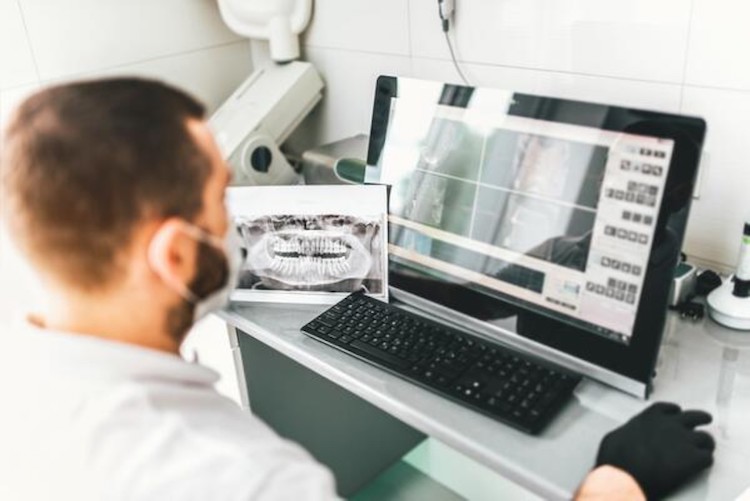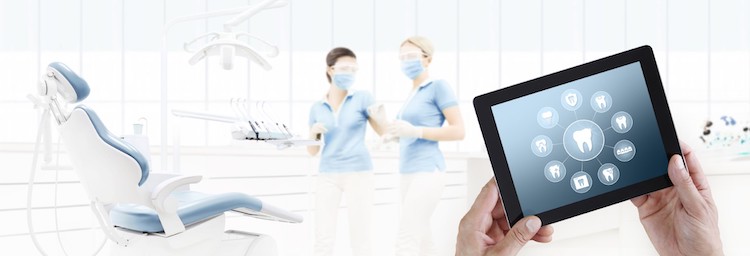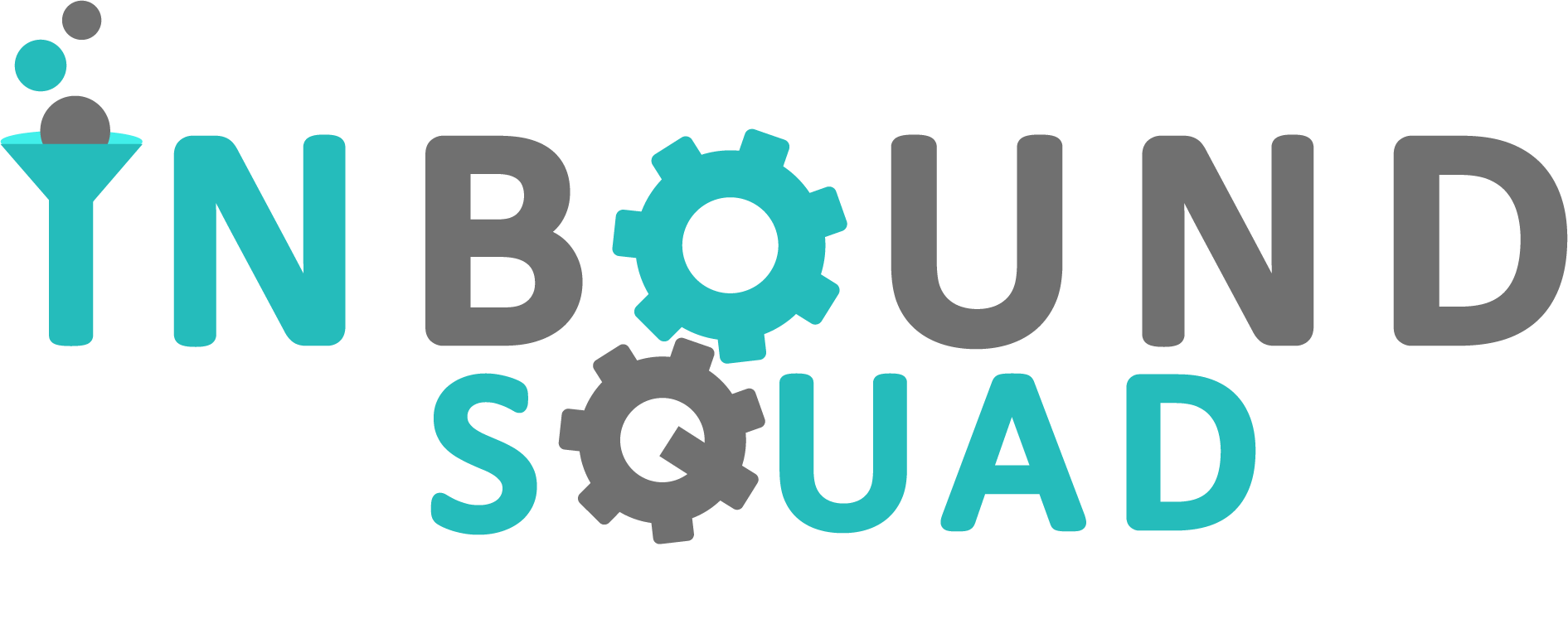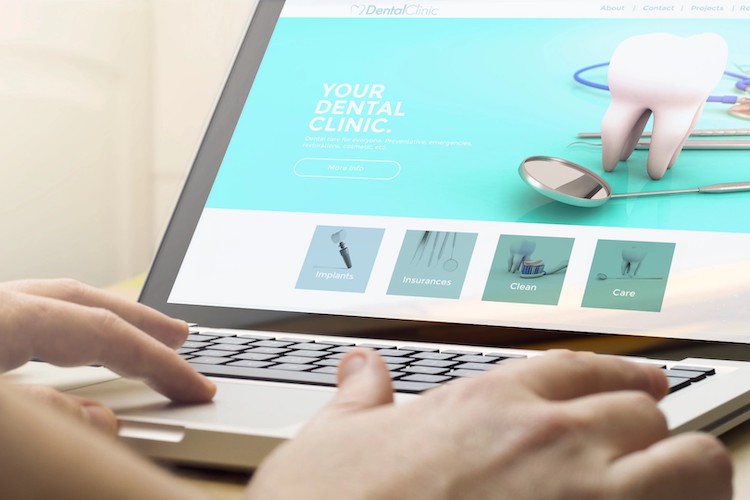
Everyone wants their dental office to be as efficient as possible, with their resources, team, and tools used effectively to promote the standard of work they’re after.
When it comes to a dental office, your organization and efficiency are key; like most primary care offices, everyone on the team needs to be well trained, well rounded, and efficient with their assigned and shared tasks.
How do you go about making sure things are not only being completed, but completed in a way that helps your dental office stand out in a way your patients will take notice of, and appreciate? Below are 10 industry tips to help you answer this question, and begin to implement great dental practice management tactics.
Have Regular Meetings/Morning Huddles
Meetings promote a sense of teamwork in the workplace and are a great place for everyone to share their thoughts and opinions with their peers.
Designated open communication times are key so all staff can feel valued, heard, and in the loop. During these meetings, you have the opportunity to share important patient and workplace information, respond to questions and concerns, and update your team as it becomes relevant.

Make these meetings fun if you can – if they feel like a waste of valuable time, the gesture won’t be appreciated or valued; it will simply be an annoyance.
As the person running the meeting, make sure you’ve prepared notes beforehand of all the relevant topics you need to touch on and designate times for open discussion and feedback so your team won’t lose interest, and will feel compelled to engage with the group.
Implement Checklists for All Departments
Does your reception staff have a set list of tasks to complete prior to the arrival of patients? Do your hygienists and dental assistants follow a certain protocol, and get it right each and every time? These are all things you and your office manager will want to look at.

Make sure every department has a list they follow for each procedure on a daily basis so nothing is missed, and each task can be completed without error, each and every time.
This can be automated or physical within the workplace – whichever works best for your team and can be mutually agreed upon and used.
Make Sure Your Front Desk Is Trained Well
This one seems obvious but deserves to be touched on. Your reception assistants and staff are typically the first point of contact with your patients and set the tone for what they think of both your office administration and your dentists and dental practice.

Make sure they are knowledgeable, phone trained, and represent the office well. Reception staff can also help with lead generation – if they’re effectively phone trained, they can even convert phone inquiries to clients with the right questions and prompts.
Have a Set Schedule, and Stick to it!
At the beginning of the day, you should have a clear idea of when your appointments are scheduled for, the time frame you’re working with, what members of your team are working what shifts, and that the time in the day is being used efficiently and effectively.
In addition to basic scheduling, you should ensure you’re allotting time in your schedule to accommodate emergencies if they do happen to arise; with the primary care field, you really never know! It’s best to be prepared, and have a schedule that can seamlessly fit this in. If someone with an emergency is able to come in and be promptly taken care of, this is a great opportunity for a referral.

Monitor and Organize Your Operation
Let’s be honest – the dental industry has become increasingly competitive, with no sign of letting up. According to the Canadian Dental Association, or the CDA, there is a widespread debate that there is an over-saturation of dentists in Canada, particularly in larger urban areas. There’s no room to run like a mom-and-pop shop – you need to automate your daily tasks, and you need to do it now!
There are many ways to benefit from investing in an efficient software program, but you’ll need to find one that works for you, your practice, and your employees first.
Your software is really only as good as the individual operating it, so you’ll have to test out a few programs, run them through your daily tasks, and have your staff use it and make comments about it, or address any concerns that may become relevant in the future.
Training is strongly encouraged for this reason and has direct benefits for your team. New technology can be anxiety-inducing to the members of your team, with the pressure of having to avoid making errors or mistakes, use the program optimally, and increase the overall efficiency of the office, all in one go. Ensure you’re scheduling an appropriate amount of training to accommodate these initial concerns, so everyone is comfortable, prepared, and on the same page.
Using an automation tool will help more than just your staff – automating your operations down to appointment procedures can increase patient satisfaction.
When you’re organized, quick, and efficient, your patients will definitely take notice, increasing the value of this investment. This also paves the way for an increased number of patient referrals, and we know how valuable those can be.
Automation can also work to eradicate the issue of “small errors” occurring in the office on a regular, or semi-regular basis. Having software in place can help to catch all necessary tasks, and work to ensure they aren’t being completed late or missed altogether.
Automating your process also ensures quality! No steps will be missed, your schedule will always be kept, supplies well-stocked, with all information readily available to you. This will add value to your services, and increase the quality of what you’re providing to your patients.
Stay Up to Date on New Trends and Tactics

Are you working off of old information? Do you have outdated technology that no longer accommodates the need of your office?
Make sure there’s always room for continuing education when it comes to your dental practice – attend conferences and seminars and relay the new information to your staff, stay on top of industry trends, and be open to updated forms of technology that can help you with your dental office management!
Go Digital When Suitable
Digital workflow is almost a mandatory practice in dental offices nowadays, but you will need to find a process that works for you.
As I previously mentioned, it’s about finding a way to automate your efforts that will help everyone in the office, without simply just adding an extra step to their already busy days.
Lack of proper integration and training can just waste time and impact the general flow and efficiency of your office, so make sure you’re executing the proper training techniques, and digitizing and automating if it will genuinely help you! Which, let’s face it, in this day and age, automation is the way to go.
Leave No Man Behind
I mean your patients, of course! Waits for services are inevitable, but if your patients are going to be in the waiting room for extended periods of time, it’s best to let them know this, and let them know when they’re going to be seen.
If they’re told they’ll be facing a wait of 15 minutes but the wait ends up being longer, it’s good etiquette, and good business to let them know that they’ll be waiting a little longer, and apologize for the unexpected delay.
If patients are left waiting for extended periods of time with no interaction, they may start to believe they’ve been forgotten about, which has the potential to reflect poorly on your practice.
This can be avoided altogether by making it a common goal within your practice to reduce patient time in the waiting room.
This is especially important due to the anxiety-inducing nature of dental procedures – the more time spent waiting, the more time spent thinking, and worrying! Here are some tips to ensure your patients aren’t waiting too long, and you’re always relatively on schedule.
- Know how long all procedures you offer take, and schedule accordingly – maybe even leave a small gap between if you can, to accommodate any unexpected delays
- Provide extensive, thorough training for your staff so they’re well-equipped to complete basic procedures efficiently, with little to no difficulty or assistance
- Make sure you always have a hygienist available for the initial assessments so patients aren’t waiting too long in the chair
- Have excellent delegation – make sure everyone understands their roles and performs accordingly while working as a team. This will help to not waste time, and increase patient satisfaction as they’re seen quickly and properly.
Look at the Good and the Bad
Evaluating your practice to find out what’s working is necessary and helpful to your business goals, but so is finding the negative, and learning how to eradicate it.
The simplest way to find unseen gaps in productivity, or to identify issues that need eradicating, is to communicate openly with your staff. Your team likes to feel valued and heard, and if interviewed in a warm, open environment that they feel comfortable speaking their mind in, you’ll receive valuable insights about the inner workings of your practice.
Communicate effectively with your entire team to receive a well-rounded view, and work in accordance with your HR department to implement changes and keep your work environment strong.
Create the Office Culture You Want to See

As the owner of the dental practice, it’s up to you to establish a positive culture that will promote employee morale, and maintain it by sticking to your values. Here are some ideas of what a positive office culture may look like:
- A safe environment, free of toxicity and negativity
- Transparency
- Acknowledging your employees have lives and commitments outside of your practice
- Recognition where it’s earned
- Team bonding activities to promote trust and friendship in the practice
- Build a culture around feedback
- Hire people that fit the previously established culture
When people are happy, they work better- it’s just a fact. Creating a comfortable, safe, positive environment for your team to thrive in will not only improve their quality of work but make them happy to be there!
Sarah Al Daghreer
Sarah is the owner and founder of Inbound Squad. She also specializes in local SEO and inbound marketing.




